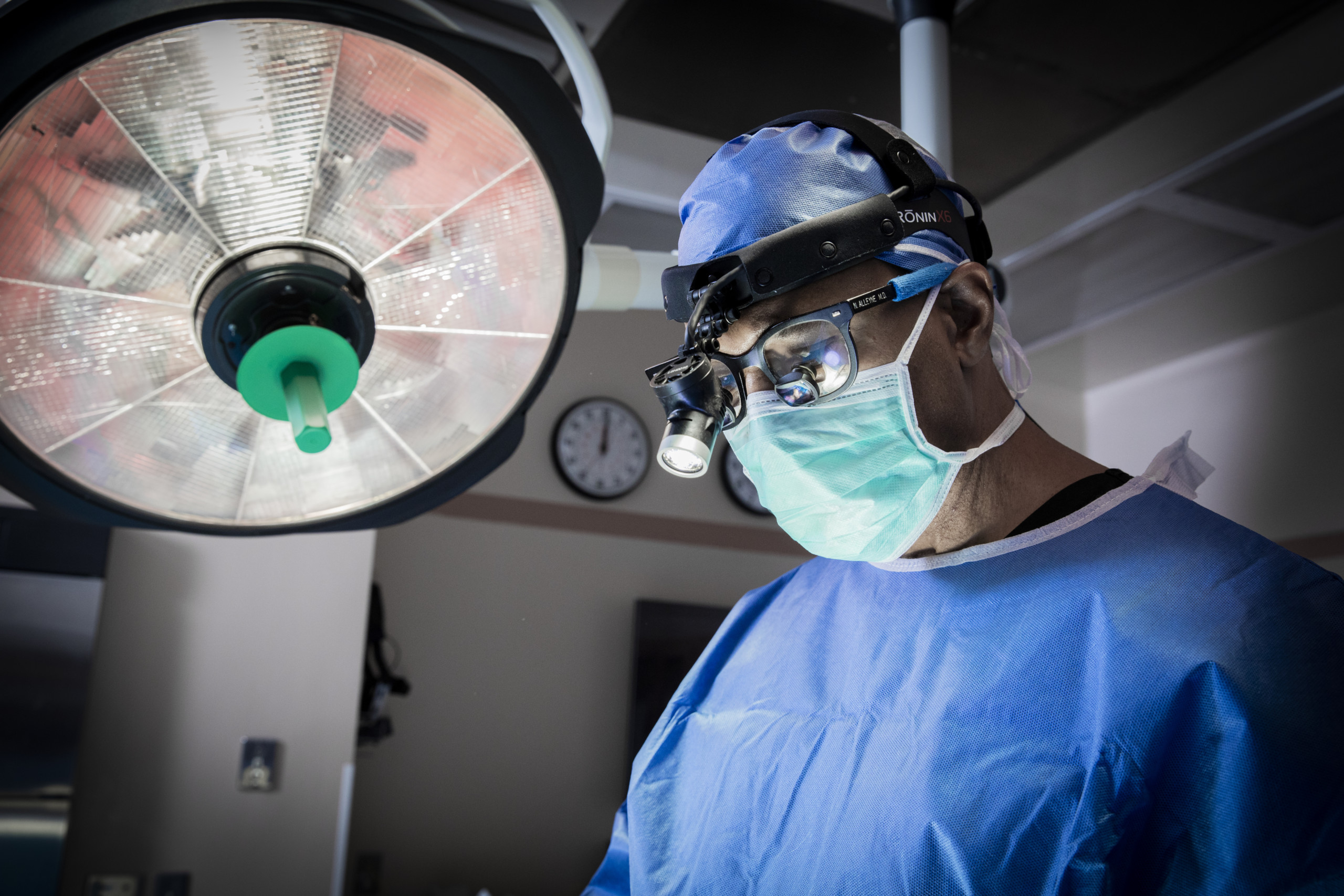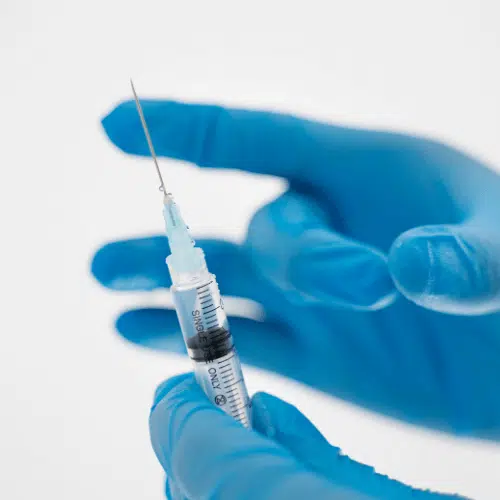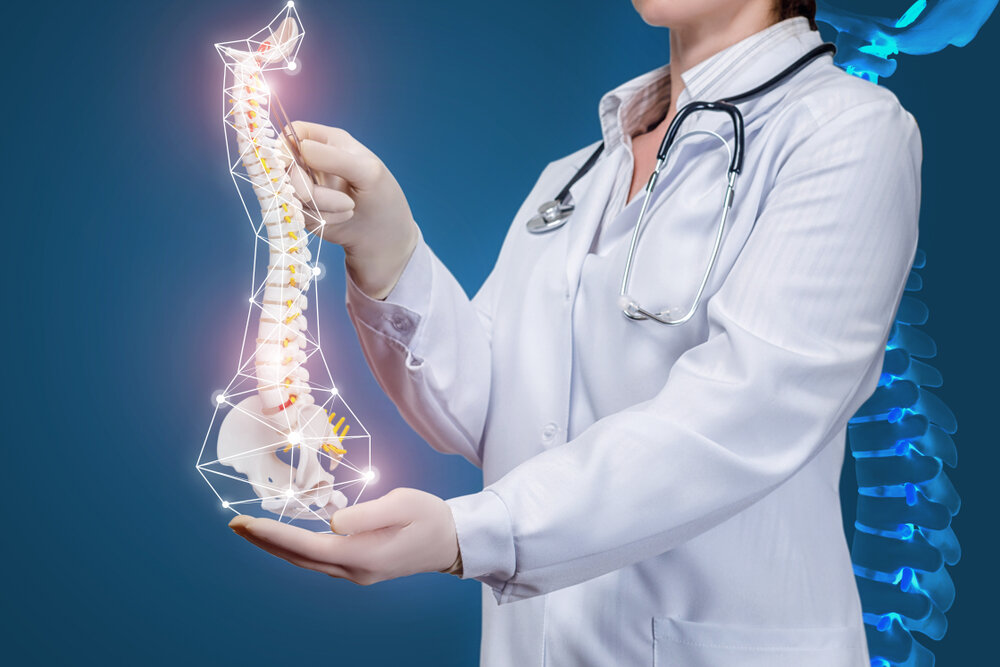Networking with the Best Spine Surgeons in St Louis MO for Comprehensive Treatment
Networking with the Best Spine Surgeons in St Louis MO for Comprehensive Treatment
Blog Article
A Summary of Back Problems That Usually Outcome in Surgical Therapies
When conservative treatments stop working to ease relentless symptoms,Spinal column conditions such as herniated discs, spinal stenosis, and degenerative disc disease regularly necessitate surgical treatments. These conditions not just cause considerable discomfort however can likewise badly hinder daily functioning and total lifestyle. Recognizing the subtleties of each problem and the matching medical options, such as discectomy or back fusion, is crucial for effective administration. As we check out these conditions even more, it comes to be noticeable that the decision-making procedure surrounding medical therapy is complex and warrants cautious consideration.
Herniated Discs
Although several individuals with herniated discs might find alleviation via traditional treatments, surgical treatment becomes a needed factor to consider when symptoms aggravate or persist - best spine surgeons in st louis mo. A herniated disc happens when the soft inner gel of a back disc protrudes via its outer layer, possibly leading and compressing close-by nerves to discomfort, feeling numb, or weak point in the extremities
Conservative administration typically consists of physical treatment, discomfort medications, and corticosteroid shots, which intend to decrease swelling and boost feature. However, in situations where these techniques fall short to ease devastating signs and symptoms, medical options might be checked out.
The most common surgery for herniated discs is a discectomy, which includes the elimination of the herniated section of the disc to soothe pressure on the influenced nerve origin. In more extreme cases, spine fusion might be essential to stabilize the influenced vertebrae.
People are recommended to go over the possible threats and benefits of surgical procedure with their doctor to make an informed decision. Inevitably, the goal of any kind of surgical intervention is to restore feature, reduce pain, and boost general top quality of life for people struggling with herniated discs.
Spinal Constriction
Spine constriction occurs when the rooms within the spine narrow, leading to enhanced pressure on the spinal cord and nerves. This problem can develop in numerous areas of the spinal column, including the back and cervical areas, typically because of age-related modifications, such as degenerative disc condition, joint inflammation, or thickening of ligaments.
Clients with back constriction might offer with symptoms that consist of discomfort, numbness, tingling, or weakness, mainly in the legs or arms. These signs and symptoms can be intensified by tasks that entail standing or walking, often leading people to seek relief with conservative treatments like physical therapy, medications, or epidural steroid injections.
Nevertheless, when these non-surgical treatments fail to provide appropriate relief, medical options may be taken into consideration. Common operations for back stenosis consist of laminectomy, which entails the removal of component of the vertebra to ease stress, and spinal blend, which supports the afflicted location. The choice to seek surgery is generally based upon the extent of signs and symptoms, the degree of functional disability, and the general health of the individual. Prompt medical diagnosis and management are vital to avoid more neurological compromise and enhance lifestyle.
Spondylolisthesis
Spondylolisthesis takes place when one vertebra slides onward over an additional, causing imbalance of the back. This condition can arise from different variables, consisting of hereditary flaws, trauma, or degenerative changes in the back. It is most frequently observed in the back area, particularly at the L4-L5 and L5-S1 degrees.

Therapy options differ based upon the extent of the slippage and the signs presented. Traditional actions, consisting of physical treatment, pain monitoring, and task adjustment, are frequently the initial line of defense. When non-surgical methods fail to alleviate symptoms or when significant nerve compression is present, surgical treatment may be warranted. Surgical alternatives can consist of spinal blend or decompression treatments, aimed at recovering placement and easing neurological signs. Early medical diagnosis and ideal monitoring are critical for optimum outcomes in patients with spondylolisthesis.
Degenerative Disc Disease

Patients with DDD often experience pain that may radiate to the arms or legs, relying on the influenced area of the spinal column. The problem can be detected with a combination of scientific analysis, imaging studies, and individual history. Treatment alternatives normally begin with conventional actions, including physical therapy, discomfort monitoring, and way of living adjustments. Nonetheless, when these methods fall short to give appropriate relief, surgical interventions might be taken into consideration.
Surgical choices for DDD may consist of spine combination or artificial disc replacement, focused on maintaining the influenced section and alleviating discomfort (best spine surgeons in st louis mo). Ultimately, the choice of therapy is embellished, thinking about the intensity of the problem, person health and wellness, and way of life factors
Spinal Tumors

What factors add to the growth of tumors within the spine, and how do they manifest in patients? Spinal tumors can arise from numerous factors, including genetic tendency, ecological impacts, and pre-existing clinical problems. They can be classified as main growths, coming from the back, or secondary lumps, which spread out from other areas of the body. Individuals might present with an array of signs, consisting of localized pain, neurological deficiencies, weak point, or changes site link in digestive tract and bladder function, relying on the lump's size and area.
Diagnosis commonly includes imaging research studies such as MRI or CT scans, which assist mark the tumor's qualities and effect on surrounding frameworks. In examining treatment alternatives, the tumor's quality, location, and type are vital considerations. Surgical intervention might be required to alleviate symptoms, acquire a biopsy, or eliminate the growth totally. The goal of surgical procedure is often to unwind neural components and support the spine. Adjuvant therapies, including radiation or radiation treatment, might likewise be essential relying on the tumor's nature. Early discovery and intervention are crucial for optimizing end results in patients with back lumps.
Conclusion
In recap, back problems such as herniated discs, spine stenosis, spondylolisthesis, degenerative disc disease, and spine growths often necessitate surgical treatment because of their possible to sites create substantial pain and useful impairment. While conservative treatments might use momentary alleviation, medical options become crucial when signs and symptoms continue or intensify. Timely medical diagnosis and treatment play a crucial role in restoring function and boosting the lifestyle for affected individuals, underscoring the importance of extensive spinal care.

Report this page